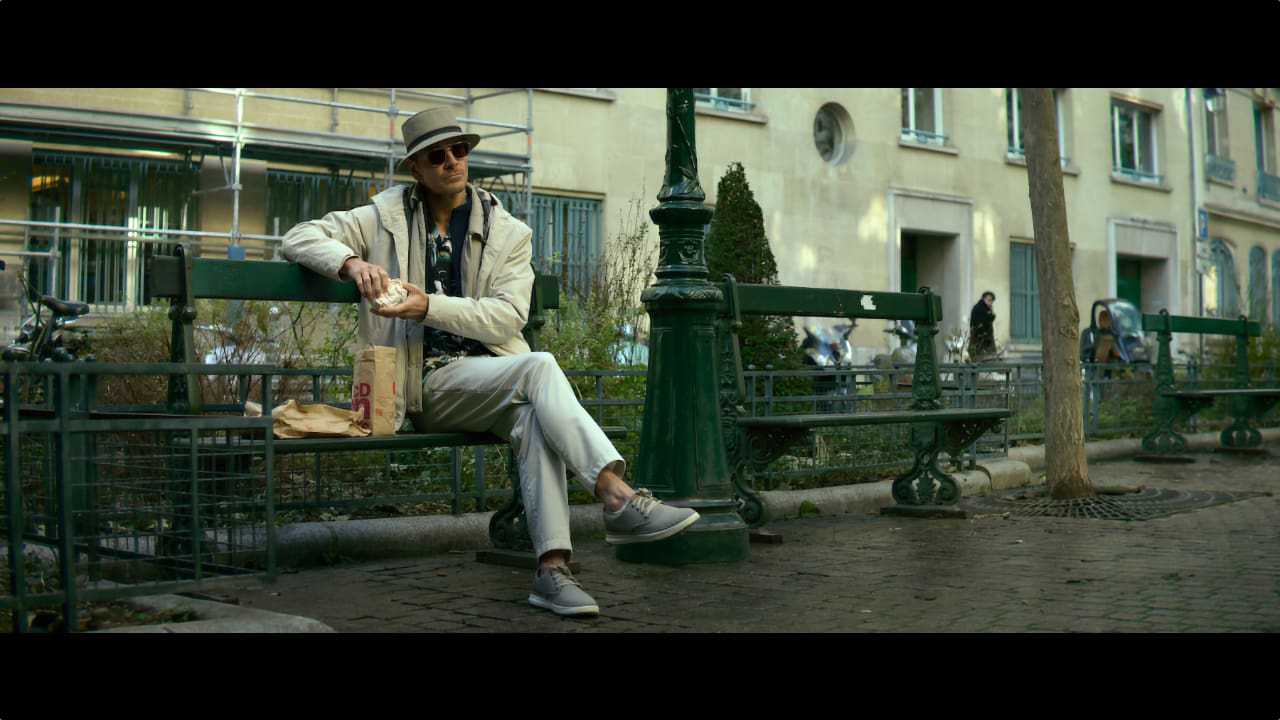
Netflix has another hit movie on its hands with David Fincher’s The Killer. We spoke to the film’s editor, Kirk Baxter, and Assistant Editor, Jennifer Chung, about how they put it together using Adobe Premiere Pro.
A tense thriller about an assassin discovering his limits, The Killer is the twelfth feature from director David Fincher and starts streaming on Netflix today after a limited theatrical release.
Based on the French graphic novel series of the same name written by Matz (Alexis Nolent), it stars Michael Fassbender as the unnamed hitman, whose carefully constructed life starts to spiral impressively out of control after a hit goes awry. It also reunites Fincher with screenwriter Andrew Kevin Walker, with whom he created the landmark serial killer thriller Se7en (1995), as well as other collaborators, including cinematographer Erik Messerschmidt, production designer Don Burt, and editor Kirk Baxter.
The first two picked up Oscars for Fincher’s Mank (2020, also Netflix), while Baxter picked up two working on previous Fincher titles you will probably have heard of, The Social Network (2010) and The Girl with the Dragon Tattoo (2011). In other words, The Killer has some serious pedigree behind it, and much like this year’s Academy Award for Editing winner Everything Everywhere All At Once, it was cut on Adobe Premiere Pro.
The tools for the job
Jennifer Chung ACE was one of the Assistant Editors on The Killer and represents a 14-strong editing department.
“So as far as the tools that we're using, obviously we use Premiere, and we heavily use Pix also,” she says. “We do a lot of our communication in post through Pix, especially during production during the dailies grind, where we're uploading not only the dailies but selects that are coming out so that we can get that to David.”
After Effects is also used extensively, with the team using Dynamic Links to round trip the content out of Premiere and back in. Some of the assistants also script, so Python or even Excel, in some cases, were also deployed to help automate some of the critical processes.
“Actually, there is a new feature [in Premiere] that is amazing, especially for assistants, which is Simplify Sequence,” Chung says. “We're kind of on this running treadmill; we have a lot of departments in-house, and while this gives us the ability to just throw things to our in-house VFX artists or stabilizers, or throw things to color and testing even during production, we’ve had to get used to doing a lot of turnovers! And that can be a tedious process. Before, we would have to do it manually. I would have to go through and delete all of the muted or disabled clips, collapse things, and clean the sequences up for turnovers. Simplify Sequence saves a ton of time, especially for our type of workflow where we constantly have to do those same tasks.”
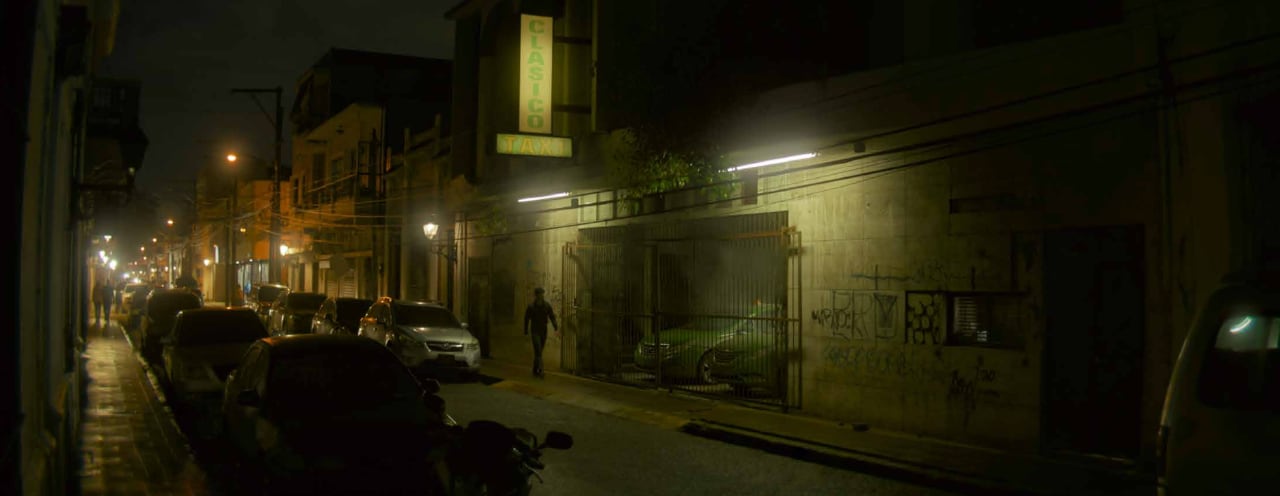
The Killer was graded on Baselight at the end of a fully HDR workflow
The Killer was shot in 8K HDR using RED V-Raptor (Fincher hasn't used any other manufacturer's cameras since shooting The Social Network on the RED One in 2010), and that was a definite learning curve for the team.
“We definitely had some kinks we had to figure out early on,” Chung says. “We all needed HDR monitors, but we were working hybrid, and we didn't have HDR monitors at home, but we had HDR monitors at the office, that sort of thing. We also use a lot of Dynamic Links in Premiere, and we were having some color space issues going from Premiere to After Effects back to Premiere, but because we have such a close relationship with Adobe, we were able to figure that out.”
HDR workflows in post are far more established now, and one of the results of The Killer’s then-pioneering workflow is that the issues were codified, dealt with, and don’t trouble productions anymore. And that effort was spread pretty much worldwide.
“I think probably the most challenging part for us was during production was that there were so many different locations,” she says. “We shot in Paris, the Dominican Republic, New Orleans, Chicago, and LA, and we used whatever dailies lab was available in that country. That meant we had to restart that process every time they moved, and that was every two weeks. And it was complicated because we were doing HDR and having to establish those things, so we were constantly ironing out kinks with dailies houses.”
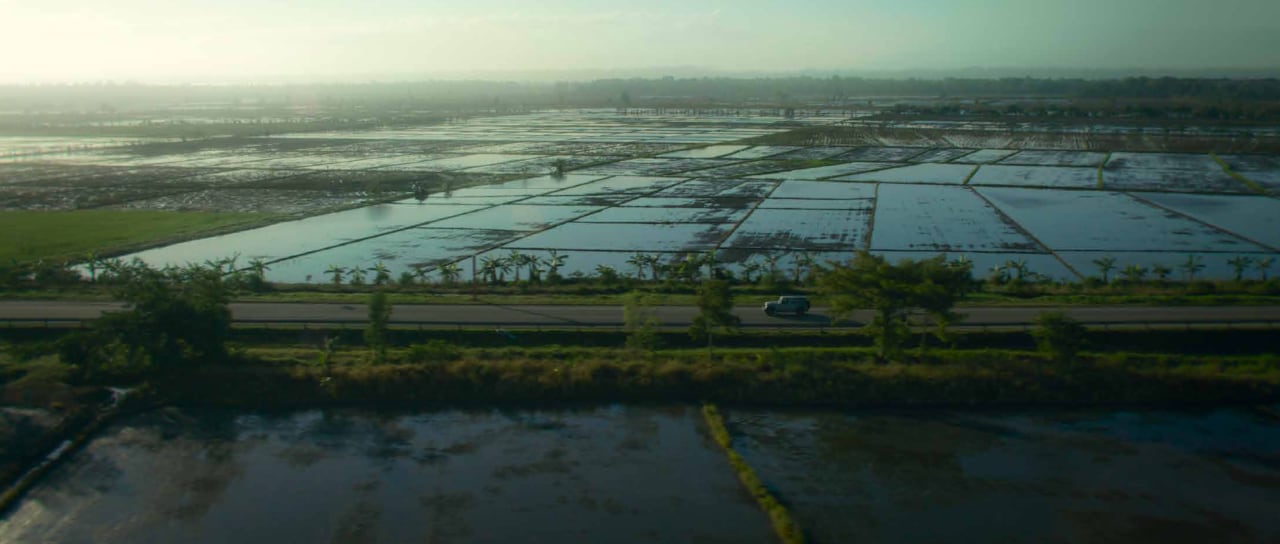
The Killer's worldwide shoot required getting multiple dailies houses up to speed with HDR
Chung is currently cutting her first indie feature (“It’s a different kind of stress,” she says laughing), but looking back on The Killer, is there any particular sequence that stands out as her favorite?
“I think it has to be the fight sequence,” she says. “The fight sequence is pretty epic. And it just goes on. I think Kirk did an incredible job with that; it’s just really fun to watch.”
The art of the fighting edit
“I watched something on TV which had a big fight sequence two nights ago, and I couldn't follow it,” says Kirk Baxter ACE, who edited The Killer and put the movie’s signature fight scene together. “I knew people were fighting, but I couldn't track who owned what fist and what thing. It was just a jumble of limbs edited quickly.”
No such failure to follow the action in The Killer’s own fight scene, which Baxter says is essentially a sequence of 18 scenes with multi-camera setups depicting a single fight all strung together in a row.
“Once I perfected how best to tell each one, then it became ‘how can I suck every needless frame out of this so that it’s not just coming at you but also maybe coming at The Killer in a ‘Holy fucking shit. How are we going to get out of this situation?’ way,’” he says. “And knowing that it was going to be this relentless, there are natural pauses built into it to allow the viewer to kind of catch themselves and brace themselves for the next onslaught. What's really important is that there's a lot of focus on the actual punching and kicking, landing on your back, and just how awful and real it all is. But to me, so much credit goes to the stretching of it all a bit beforehand, of easing the viewer into something so that they’re living with this feeling of something's going to happen any second. It’s that rollercoaster tick tick tick of going upwards until whoosh…off it goes.”
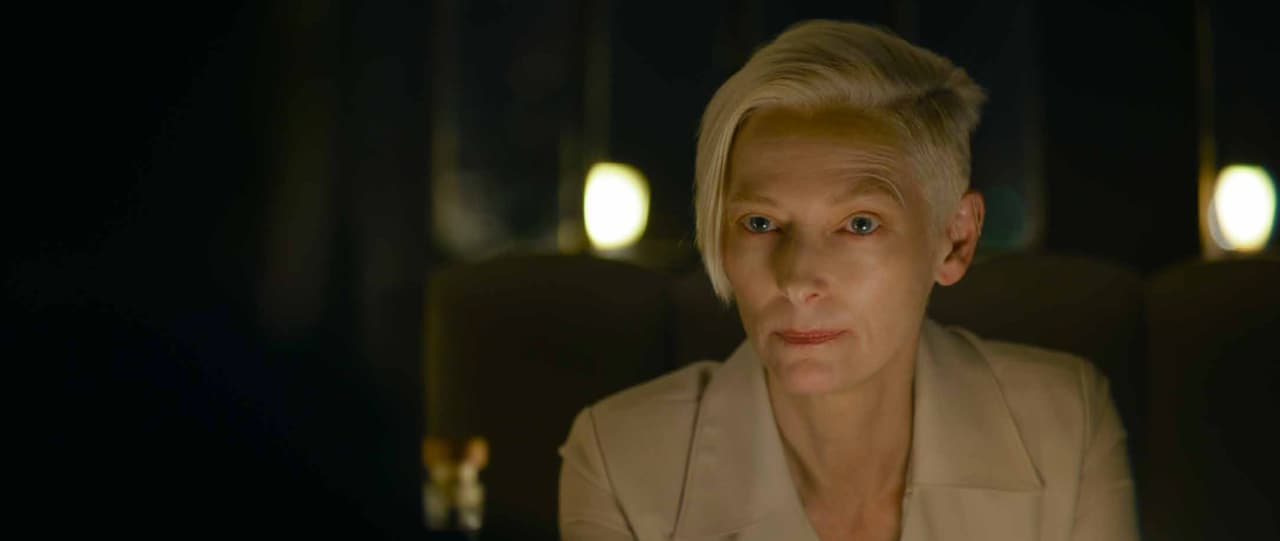
The cast includes plenty of actors who've worked with Fincher before, such as the wonderful Tilda Swinton as The Expert
Baxter says he was cutting the sequence as Fincher was shooting it. The shoot would break at lunchtime when he'd start cutting the first half of the day, getting the second half later at the end, then cutting into the evening and sending it to Fincher to see if any pickups were needed.
“It was this crazy, relentless week of all of us going around the clock to know that we had the thing,” he says.
Getting those tools out of the way
While Baxter edits using Premiere Pro, it’s not something he feels qualified to talk about.
“I've never been heavily technical,” he says. “I get asked questions like that, and I view editing as a head game. Everything, to me, is muscle memory with the keys, and if something changes or something advances, teach me that one thing, and then once I've got it remembered, I don't want to look at it ever again. To me, it's all about what you're trying to build and where you want to go.”
In many ways, it’s a complement to the software that it can get out of the way enough to allow creatives to do their job. When talking about working with HDR, for instance, he’s not interested in formats, proxies, or color spaces; his take is “How do I manipulate the fuck out of everything? How do I stretch the taffy? How do I rub it in your eyes?”
It’s an approach that’s worked well for him and Fincher as a successful team across many movies now.
“I've done so much with David that I'm not sure what's David's style and what's mine,” he says. ‘I have an instinctive way to carve through his material and setups and seek out what’s needed. But it’s a reactionary art, being a film editor. You can have the best setups and intentions, but nothing really matters because, in the end, it’s just based on what is captured.”
Setting the mood
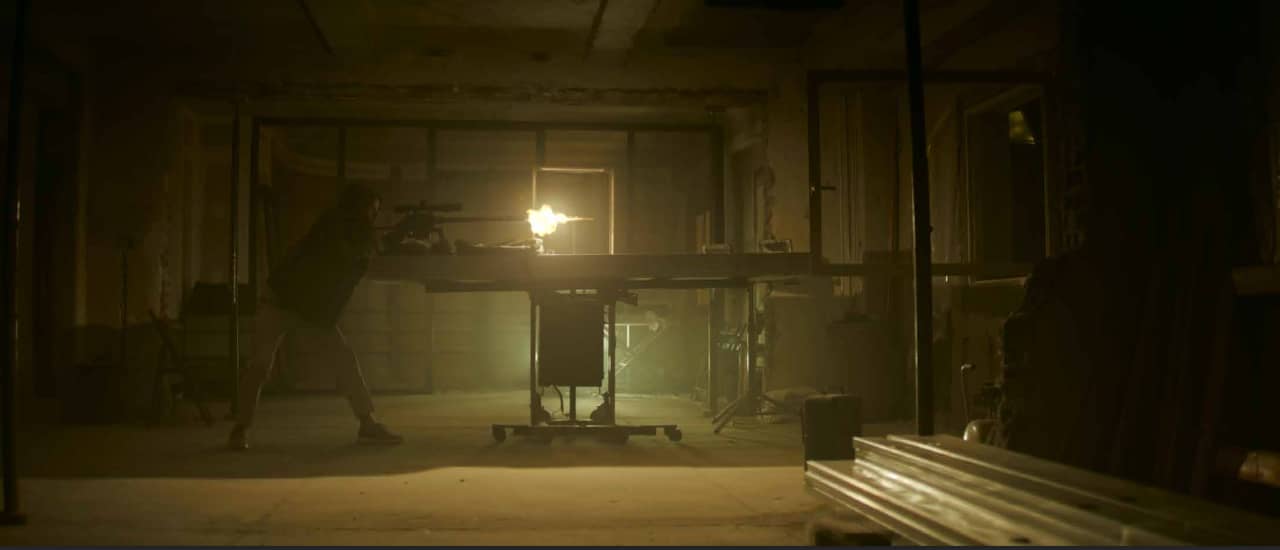
Kirk Baxter's favorite scene in the movie is the pivotal sniper sequence. “I think it's one of the best scenes David's made, period," he says.
The Killer is a complex piece with a lot going on in terms of craft skills, but there are two distinct ways that the edit works to reflect the mood of the eponymous hero. One is that visually, the piece becomes very different when events slip out of the main character’s control. There’s a lot of destabilized footage, and Baxter made conscious decisions in the edit to reflect a more chaotic mindset.
“It can be subtle, or it can be extreme, but it's just that sort of pushing the story along faster. To make it ‘spill more’ and be more out of his hands,” he says.
Audio was crucial as well. Rather than be smoothed out in the background with the edge taken off all transitions, Fincher and Sound Designer Ren Klyce wanted the audio to be driven by POV. That means it jumps and cuts sharply.
“We tried the notion of ‘vertical’ sound cuts,” Fincher has explained. “By which I mean, you’re coming out of a very quiet shot and cutting into a street scene and – boom! – you pick up this incredibly loud siren going by. You’re continually aware of the sound.”
This makes for an unusual but effective experience. For instance, there’s a scene in a Parisian park where the sound of a fountain constantly moves around depending on the featured character’s POV.
Was matching that vertical sound cutting hard?
“I guess even when you're creating chaos, you're trying to affect it in your own way,” says Baxter. “You're always seeking your own version of the perfect way to do this.”
Perhaps unsurprisingly, his own favorite scene from the movie is one where all this comes together, with the audio and the cutting reflecting the chaos as The Killer’s life starts to jump the rails. Mild spoiler ahead.
“I think the sniper scene is just fantastic,” he says. “I think it's one of the best scenes David's made, period. It was probably the most time-consuming thing to get right, but it's super satisfying every time we watch it. Other things I think were harder to craft, but despite the miss in the sniper scene, for me it's a bull's eye.”
Tags: Post & VFX


Comments